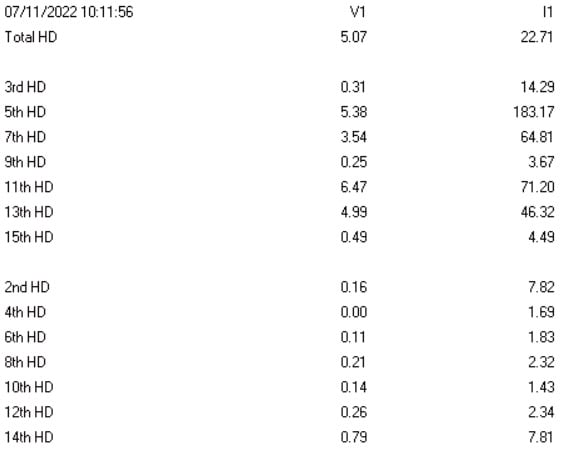Gluzchuk
Industrial
- Nov 8, 2022
- 6
HI, we have a extruder, it has a motor 400HP with the Altivar 71 VFD.
THe original motor was burn and we rewind it, but it has overheating 100C, torque at 80% and the current is 400 amp, it is low beacause support 590 amp.
So that, we buy a new motor and it has the same issues...........
Sometime PTC is tripping.....
Could you help me?
Thany you for your advice.
THe original motor was burn and we rewind it, but it has overheating 100C, torque at 80% and the current is 400 amp, it is low beacause support 590 amp.
So that, we buy a new motor and it has the same issues...........
Sometime PTC is tripping.....
Could you help me?
Thany you for your advice.

